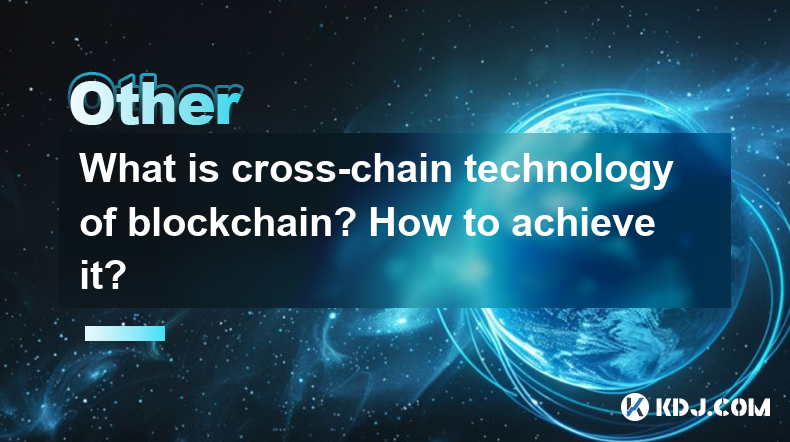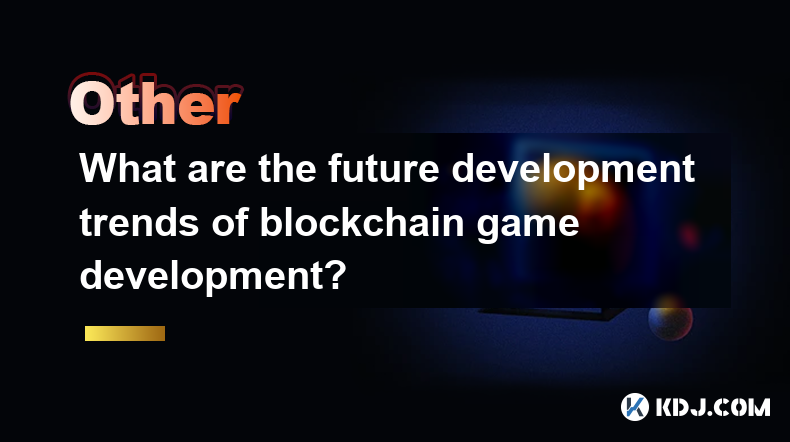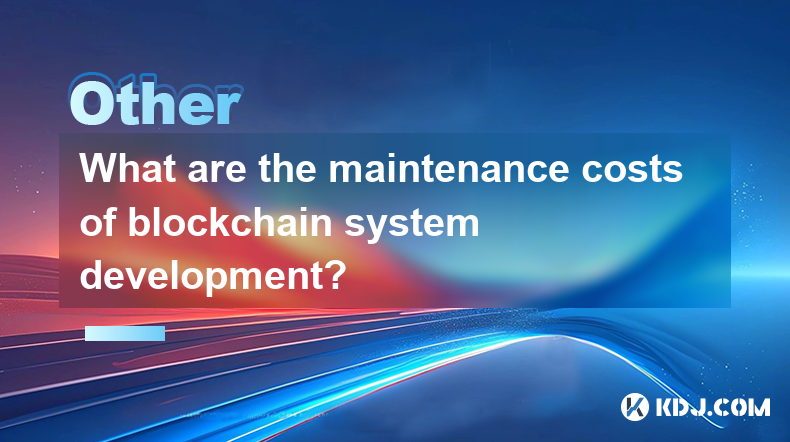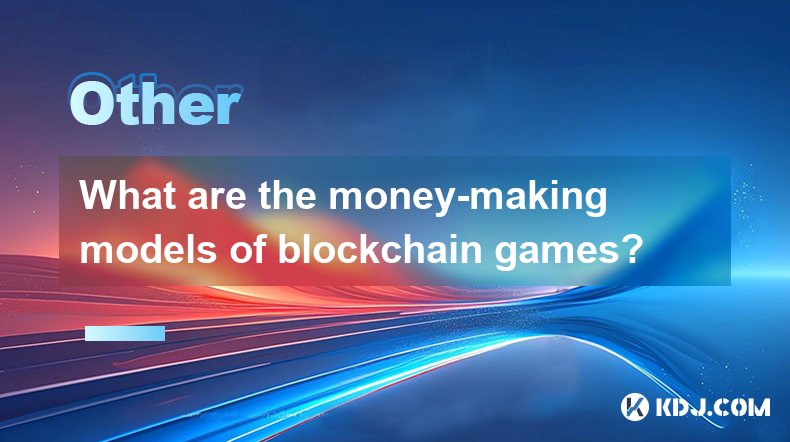-
 Bitcoin
Bitcoin $83,080.8873
-1.14% -
 Ethereum
Ethereum $1,791.4746
-1.45% -
 Tether USDt
Tether USDt $0.9998
0.02% -
 XRP
XRP $2.1324
-0.13% -
 BNB
BNB $592.0388
-1.08% -
 Solana
Solana $119.1957
-3.22% -
 USDC
USDC $1.0001
0.01% -
 Dogecoin
Dogecoin $0.1681
-1.64% -
 Cardano
Cardano $0.6497
-1.94% -
 TRON
TRON $0.2375
-0.61% -
 UNUS SED LEO
UNUS SED LEO $9.0588
-4.96% -
 Chainlink
Chainlink $12.6860
-2.48% -
 Toncoin
Toncoin $3.2620
-3.95% -
 Stellar
Stellar $0.2511
-3.60% -
 Avalanche
Avalanche $17.8165
-2.01% -
 Shiba Inu
Shiba Inu $0.0...01230
-0.03% -
 Sui
Sui $2.2118
-2.95% -
 Hedera
Hedera $0.1616
-2.22% -
 Litecoin
Litecoin $82.0450
-2.73% -
 Polkadot
Polkadot $3.9414
-2.77% -
 MANTRA
MANTRA $6.2727
-0.36% -
 Bitcoin Cash
Bitcoin Cash $300.4768
-0.31% -
 Dai
Dai $1.0001
0.02% -
 Bitget Token
Bitget Token $4.4469
-1.89% -
 Ethena USDe
Ethena USDe $0.9991
0.00% -
 Pi
Pi $0.5875
11.07% -
 Hyperliquid
Hyperliquid $11.8527
-4.06% -
 Monero
Monero $214.0698
-0.86% -
 Uniswap
Uniswap $5.8104
-2.14% -
 OKB
OKB $51.8157
5.85%
What is cross-chain technology of blockchain? How to achieve it?
Cross-chain technology overcomes blockchain's siloed nature, enabling seamless asset and data transfers between different networks via methods like HTLCs, sidechains, and relay chains, but requires robust security measures to prevent asset theft.
Feb 27, 2025 at 06:49 am

What is Cross-Chain Technology of Blockchain? How to Achieve It?
Key Points:
- Cross-chain technology enables interoperability between different blockchain networks, allowing for the seamless transfer of assets and data across disparate systems.
- Achieving cross-chain functionality involves overcoming significant technical challenges related to security, scalability, and consensus mechanisms.
- Several approaches exist for building cross-chain bridges, each with its own strengths and weaknesses. These include hashed time-locked contracts (HTLCs), sidechains, and relay chains.
- Security considerations are paramount in cross-chain design, as vulnerabilities can expose assets to theft or loss. Robust security audits and decentralized governance models are crucial.
- The future of cross-chain technology likely involves advancements in consensus mechanisms and the development of standardized protocols to facilitate greater interoperability.
Understanding Cross-Chain Technology:
Cross-chain technology is a crucial development in the blockchain space, addressing the inherent siloed nature of many individual blockchains. Imagine the internet before hyperlinks – a collection of isolated islands of information. Similarly, without cross-chain capabilities, various blockchains operate independently, limiting their potential for collaboration and widespread adoption. Cross-chain technology bridges this gap, enabling the transfer of value (cryptocurrencies, tokens, NFTs) and data between different blockchain networks, fostering a more interconnected and efficient digital ecosystem. This interoperability is essential for achieving a truly decentralized and scalable future for blockchain technology. The ability to seamlessly move assets between, for example, Ethereum and Solana, opens up a vast array of possibilities for decentralized applications (dApps), DeFi protocols, and other blockchain-based services.
- The Challenge of Interoperability: Building cross-chain bridges is not a trivial task. Different blockchains often employ distinct consensus mechanisms (Proof-of-Work, Proof-of-Stake, etc.), programming languages, and security models. These differences create significant technical hurdles in facilitating secure and reliable communication and asset transfers between them. For instance, a blockchain using a Proof-of-Work consensus mechanism may have vastly different security properties and transaction speeds compared to a blockchain using a Delegated Proof-of-Stake mechanism. Reconciling these differences is central to the design and implementation of successful cross-chain solutions. Furthermore, ensuring the security of these bridges is critical; a compromised bridge could lead to the theft of significant assets.
Methods for Achieving Cross-Chain Functionality: Several approaches have been developed to achieve cross-chain interoperability, each with its advantages and disadvantages:
- Hashed Time-Locked Contracts (HTLCs): HTLCs are a cryptographic technique that enables atomic swaps – the simultaneous exchange of assets between two parties without the need for a trusted intermediary. This method relies on cryptographic hashing and time locks to ensure that the exchange occurs only if both parties fulfill their obligations. While relatively simple to implement, HTLCs have limitations in terms of scalability and the types of assets they can handle. The process often involves multiple transactions across different chains, potentially increasing costs and transaction times. Moreover, HTLCs might not be suitable for complex interactions involving multiple parties or assets. Their simplicity, however, makes them a good starting point for understanding basic cross-chain concepts. They are often used for simple token swaps between two chains.
* **Sidechains:** Sidechains are separate blockchains that are pegged to a main blockchain (e.g., a Bitcoin sidechain pegged to the Bitcoin mainnet). Assets can be transferred between the main chain and the sidechain, allowing for increased scalability or the introduction of new features without affecting the security or stability of the main chain. However, sidechains introduce additional complexity and potential security risks, as they require mechanisms to prevent double-spending and ensure the integrity of the peg between the main chain and the sidechain. The security of the sidechain is often dependent on the security of the main chain and the mechanisms used to secure the peg. Malfunctions in the pegging mechanism can lead to significant asset losses. Moreover, managing and maintaining a sidechain requires considerable resources.
* **Relay Chains:** Relay chains act as intermediaries between different blockchains, facilitating communication and asset transfers. They typically involve a set of validators who ensure the integrity of the cross-chain transactions. The relay chain verifies the validity of transactions on the source chain and then relays the information to the destination chain. This approach offers greater flexibility and scalability compared to HTLCs and sidechains but also introduces complexities related to the security and governance of the relay chain itself. The selection and operation of validators are crucial for the security and efficiency of the relay chain. A compromised set of validators could lead to the manipulation or theft of assets being transferred across chains.
- Security Considerations in Cross-Chain Design: Security is paramount in cross-chain technology. Vulnerabilities in the bridge design or implementation can expose assets to theft or loss. Therefore, rigorous security audits and the use of decentralized governance models are crucial. The design should incorporate mechanisms to prevent attacks such as replay attacks, where a valid transaction is replayed on another chain to illicitly gain assets. The use of cryptographic primitives and multi-signature schemes can enhance the security of cross-chain transactions. Regular security audits by independent third-party firms are essential to identify and mitigate potential vulnerabilities before they can be exploited. Decentralized governance models, where the community plays a role in the decision-making process, can help to ensure the long-term security and sustainability of cross-chain protocols.
- The Future of Cross-Chain Technology: The future of cross-chain technology likely involves advancements in consensus mechanisms and the development of standardized protocols to facilitate greater interoperability. The development of more efficient and secure consensus mechanisms that can work across different blockchain architectures will be critical. The creation of standardized protocols and interfaces will allow for greater interoperability between different blockchains, reducing the need for custom solutions for each pair of chains. This will simplify the development of cross-chain applications and foster a more interconnected and efficient blockchain ecosystem. The emergence of interoperable layer-1 blockchains designed with cross-chain capabilities from the outset represents another important trend in this space.
FAQs:
Q: What are the risks associated with cross-chain bridges?
A: The primary risks include security vulnerabilities (hacks, exploits), failures in the bridging mechanism leading to asset loss, and potential censorship or control by a central authority if the bridge is not sufficiently decentralized.
Q: How does cross-chain technology differ from layer-2 scaling solutions?
A: Cross-chain technology focuses on interoperability between different blockchains, while layer-2 scaling solutions aim to improve the scalability and efficiency of a single blockchain.
Q: What are some examples of successful cross-chain protocols?
A: Several projects are actively developing and deploying cross-chain solutions. Examples include, but are not limited to, Cosmos, Polkadot, and various bridge protocols operating between specific blockchains (e.g., bridges between Ethereum and other chains). It is important to note that the success and security of any specific protocol should be independently verified.
Q: Will cross-chain technology eventually lead to a single, unified blockchain?
A: It is unlikely that cross-chain technology will lead to a single, unified blockchain. The diverse needs and priorities of different blockchain communities suggest that a multitude of interconnected blockchains will likely persist, each catering to specific use cases and functionalities. The goal is interoperability, not homogenization.
Q: How does cross-chain technology impact the decentralized finance (DeFi) space?
A: Cross-chain technology is transformative for DeFi, enabling the creation of truly decentralized and interoperable financial applications. Users can access a wider range of services and assets across different blockchains, fostering greater liquidity and innovation in the DeFi ecosystem.
Q: What are the challenges in regulating cross-chain technology?
A: Regulating cross-chain technology presents significant challenges due to its decentralized nature and the jurisdictional complexities involved in governing transactions across multiple jurisdictions. International cooperation and clear regulatory frameworks are necessary to address these issues.
Q: What are the future implications of cross-chain technology for the broader crypto ecosystem?
A: Cross-chain technology has the potential to significantly increase the usability and adoption of blockchain technology. By enabling greater interoperability, it can unlock new possibilities for decentralized applications, improve the efficiency of financial transactions, and foster a more collaborative and interconnected digital ecosystem. This can lead to increased innovation and broader acceptance of cryptocurrencies and blockchain technology by both individuals and businesses.
Disclaimer:info@kdj.com
The information provided is not trading advice. kdj.com does not assume any responsibility for any investments made based on the information provided in this article. Cryptocurrencies are highly volatile and it is highly recommended that you invest with caution after thorough research!
If you believe that the content used on this website infringes your copyright, please contact us immediately (info@kdj.com) and we will delete it promptly.
- The US Government's Strategic Crypto Reserve Will Be Unveiled This Saturday
- 2025-04-06 05:40:12
- Fartcoin (FAR) price soared 32% to trade at $0.5155
- 2025-04-06 05:40:12
- If Shiba Inu Doubles the Market Cap of Dogecoin, It Could Move Close to Surpassing Its Previous All-Time High (ATH)
- 2025-04-06 05:35:12
- USDtb Breaks into the Top 10 Stablecoins by Market Cap, Tether Loses 60% of Market Dominance
- 2025-04-06 05:35:12
- Meme Coin Mayhem: Markets Stagger, But Troller Cat Roars Ahead
- 2025-04-06 05:30:12
- I'm known for my optimism. I try to give people something to build, not just something to worry about.
- 2025-04-06 05:30:12
Related knowledge

Is the ranking of Chinese blockchain apps real and reliable?
Apr 04,2025 at 09:01pm
The ranking of Chinese blockchain apps has become a topic of interest for many in the cryptocurrency community, as it provides insights into the popularity and adoption of blockchain technology within China. However, the reliability and authenticity of these rankings are often questioned. This article aims to delve into the factors that influence these ...

What are the future development trends of blockchain game development?
Apr 03,2025 at 05:00am
Blockchain technology has revolutionized various industries, and gaming is no exception. As we look to the future, several trends are set to shape the development of blockchain games. These trends not only promise to enhance the gaming experience but also to integrate blockchain technology more seamlessly into the gaming ecosystem. Let's explore these t...

What are the high-return opportunities for blockchain investments?
Apr 05,2025 at 02:35pm
Blockchain technology has revolutionized the financial world, offering numerous high-return investment opportunities. These opportunities span various sectors within the cryptocurrency ecosystem, including cryptocurrencies, decentralized finance (DeFi), non-fungible tokens (NFTs), and blockchain startups. Each of these areas presents unique risks and re...

What are the maintenance costs of blockchain system development?
Apr 03,2025 at 06:07pm
The maintenance costs of blockchain system development are multifaceted and depend on various factors. These costs can include technical maintenance, security updates, infrastructure expenses, and personnel costs. Understanding these elements is crucial for anyone planning to develop or maintain a blockchain system. Technical MaintenanceTechnical mainte...

What are the money-making models of blockchain games?
Apr 04,2025 at 02:00pm
Blockchain games have emerged as a revolutionary way for players to earn real money while enjoying their favorite pastime. These games leverage the power of blockchain technology to create unique money-making models that benefit both the players and the developers. In this article, we will explore the various money-making models of blockchain games and ...

What are the money-making opportunities in the application of blockchain in the field of Internet of Things?
Apr 05,2025 at 10:35pm
The integration of blockchain technology with the Internet of Things (IoT) presents numerous money-making opportunities. Blockchain, with its decentralized and secure nature, can revolutionize how IoT devices interact, manage data, and conduct transactions. This article will explore various avenues where entrepreneurs, developers, and investors can capi...

Is the ranking of Chinese blockchain apps real and reliable?
Apr 04,2025 at 09:01pm
The ranking of Chinese blockchain apps has become a topic of interest for many in the cryptocurrency community, as it provides insights into the popularity and adoption of blockchain technology within China. However, the reliability and authenticity of these rankings are often questioned. This article aims to delve into the factors that influence these ...

What are the future development trends of blockchain game development?
Apr 03,2025 at 05:00am
Blockchain technology has revolutionized various industries, and gaming is no exception. As we look to the future, several trends are set to shape the development of blockchain games. These trends not only promise to enhance the gaming experience but also to integrate blockchain technology more seamlessly into the gaming ecosystem. Let's explore these t...

What are the high-return opportunities for blockchain investments?
Apr 05,2025 at 02:35pm
Blockchain technology has revolutionized the financial world, offering numerous high-return investment opportunities. These opportunities span various sectors within the cryptocurrency ecosystem, including cryptocurrencies, decentralized finance (DeFi), non-fungible tokens (NFTs), and blockchain startups. Each of these areas presents unique risks and re...

What are the maintenance costs of blockchain system development?
Apr 03,2025 at 06:07pm
The maintenance costs of blockchain system development are multifaceted and depend on various factors. These costs can include technical maintenance, security updates, infrastructure expenses, and personnel costs. Understanding these elements is crucial for anyone planning to develop or maintain a blockchain system. Technical MaintenanceTechnical mainte...

What are the money-making models of blockchain games?
Apr 04,2025 at 02:00pm
Blockchain games have emerged as a revolutionary way for players to earn real money while enjoying their favorite pastime. These games leverage the power of blockchain technology to create unique money-making models that benefit both the players and the developers. In this article, we will explore the various money-making models of blockchain games and ...

What are the money-making opportunities in the application of blockchain in the field of Internet of Things?
Apr 05,2025 at 10:35pm
The integration of blockchain technology with the Internet of Things (IoT) presents numerous money-making opportunities. Blockchain, with its decentralized and secure nature, can revolutionize how IoT devices interact, manage data, and conduct transactions. This article will explore various avenues where entrepreneurs, developers, and investors can capi...
See all articles





















































































